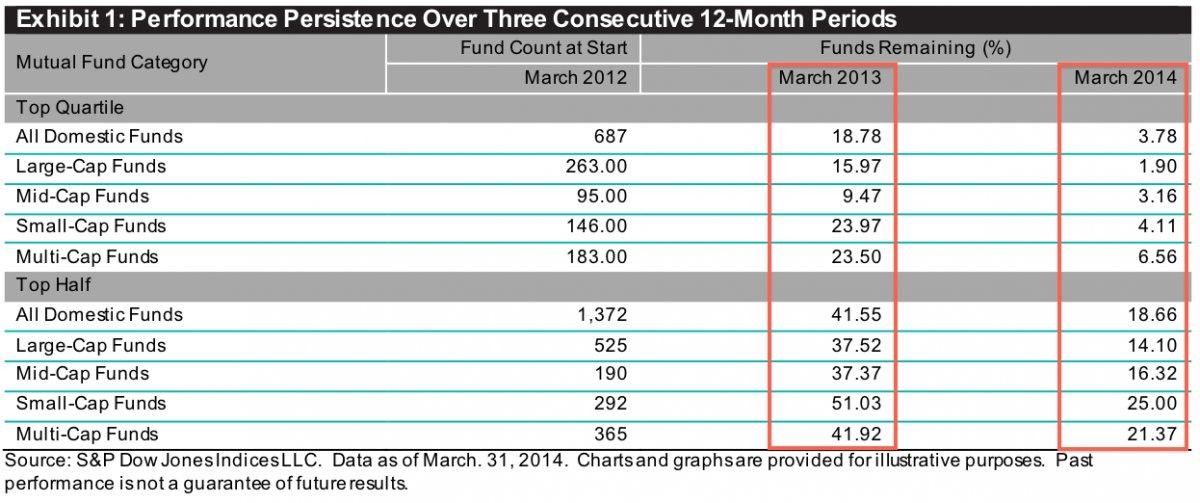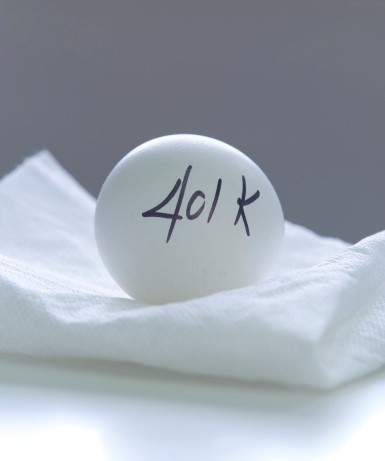From active share to expense ratio a look at what inscrutable mutualfunds terms mean
Post on: 28 Июнь, 2015 No Comment

Published January 29, 2015
NEW YORK Few industries slip into jargon as much as the investing world. As quickly as you can give your shoe size, mutual fund managers can rattle off their active share or duration.
Such terms have all the grace of a clog, but they can also give valuable information investors should consider before buying a fund. Here’s a look at several buzz phrases that have been bubbling up for stock and bond mutual funds.
Active share
To explain this bit of jargon, it helps to introduce another that’s used in the industry as an insult: closet indexer. That’s the term for active managers who say they’re picking only the best stocks but have portfolios very close to their benchmark, whether it’s the Standard & Poor’s 500 or another index.
Returns for the vast majority of actively managed funds have fallen short of index funds in recent years, and investors are asking why they should pay the higher expenses if they’re just going to look like an index fund anyway. Enter a fund’s active share, a number that shows how different its composition is from the index. So having, say, 10 percent of a portfolio in Apple would boost a fund’s active share, because the technology giant makes up just 3.6 percent of the S&P 500 by market value.
Many funds are now touting their active-share levels to show they have the potential to turn in much different returns than index funds. Touchstone Investments, for example, has begun a marketing campaign on the topic and set up a website to explain it to investors and advisers.
Beta, smart
To a fund manager, beta refers to the amount of returns broad market indexes are generating. So smart-beta funds are those that are based on the S&P 500 and other indexes, but with tweaks in their construction to hopefully offer better performance.
An example is something called an equal-weighted fund. Instead of keeping 2 percent of its portfolio in Microsoft and 0.2 percent in salesforce.com, as the S&P 500 does, an equal-weighted fund holds equal amounts of all 500 stocks in the index. It essentially means a smaller investment in the index’s behemoths and a larger investment in the smaller companies than a traditional index fund.
Other smart-beta options include funds that hold only those stocks in the S&P 500 that have had the mildest price swings over the last year or those that have consistently raised their dividends. Smart-beta funds are a hybrid of index and actively managed funds: They often have lower expenses than actively managed funds, like index funds, but they don’t invest strictly according to companies’ market size.
Capital gains distributions
Dealing with these payments will soon be atop the to-do list of investors with taxable accounts. Each year, funds pass along to investors the gains they booked from trading securities. Investors must pay capital-gains taxes on these distributions, even if they didn’t sell any shares.
Now that the bull market is nearing its seventh year, funds have built up a lot of gains. The largest actively managed stock mutual fund, American Funds’ Growth Fund of America, paid a long-term capital gains distribution worth nearly $4.06 per share last month. A year earlier, it paid nearly $2.75 per share. From 2008 through 2012, it paid none.
To limit this tax bill, consider funds that say they have low turnover. This number shows roughly how much of a portfolio the manager has sold in the past year, and a lower figure can lead to smaller gains distributions.
Duration

This term isn’t new, but its profile is growing by the day. Duration shows how risky a bond fund is when it comes to rising interest rates, and many analysts expect rates to climb this year.
Rising rates cause the price of the bonds in fund portfolios to drop because their yields will suddenly look less attractive. Prices fall more sharply for long-term bonds than short-term ones.
To come up with its duration, a fund crunches the maturity and other factors of all the bonds that it holds. The higher a fund’s duration, the riskier it is in terms of interest rates.
A rule of thumb says that if interest rates rise by 1 percentage point, a bond fund’s price will fall by a percentage equal to its duration. So the average intermediate-term bond fund, which has a duration of 4.9, would lose nearly 5 percent. Many bond fund managers have been reducing their duration in anticipation of a rise in rates.
Expense ratio
This figure shows how much of a fund’s assets its managers use to cover their expenses, and investors are paying more attention. Money has been flocking to funds that have the lowest expenses.
Of every $100 invested in stock mutual funds in 2013, $73 are in funds ranked in the bottom quarter for expenses, according to the Investment Company Institute.
The move into lower-cost options has been a trend not only among actively managed funds but within index funds as well.
+ Follow Fox Business on Facebook














